Home>Renovation & DIY>DIY Projects & Ideas>What Type Of Paint To Use With Cement For DIY Projects
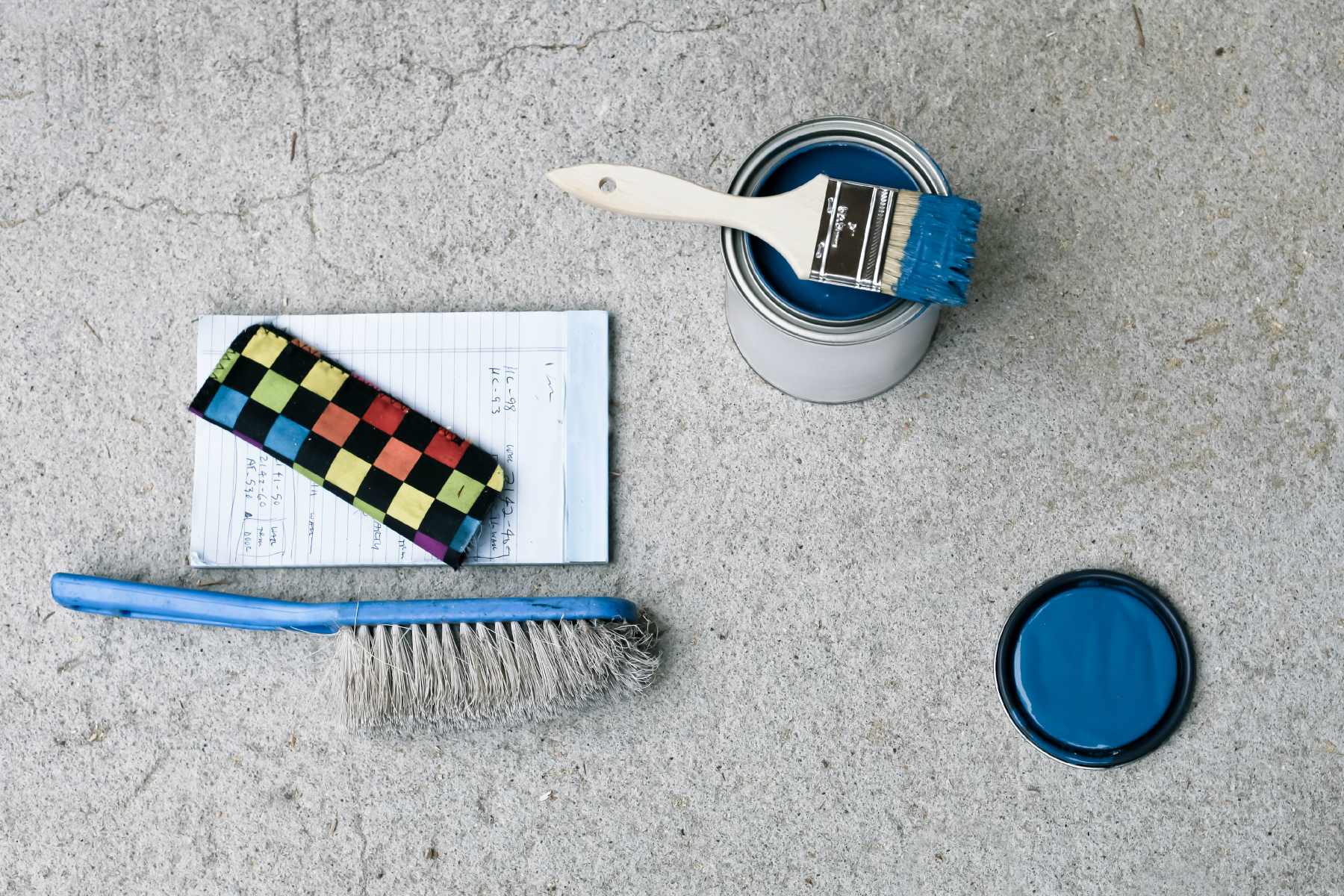

DIY Projects & Ideas
What Type Of Paint To Use With Cement For DIY Projects
Modified: January 4, 2024
Discover the best paint for cement in DIY projects and get inspired with creative ideas for your next home improvement venture. Explore expert tips and techniques for achieving professional results.
(Many of the links in this article redirect to a specific reviewed product. Your purchase of these products through affiliate links helps to generate commission for Storables.com, at no extra cost. Learn more)
Introduction
Welcome to the world of do-it-yourself (DIY) projects! Whether you're a seasoned DIY enthusiast or just venturing into the realm of home improvements, working with cement can offer a multitude of creative possibilities. Cement is a versatile material that is not only durable but also provides a sturdy foundation for various projects. One of the most popular ways to enhance the aesthetic appeal of cement is through painting. However, choosing the right type of paint for your cement projects is crucial for achieving long-lasting and visually appealing results.
In this comprehensive guide, we will delve into the realm of cement painting and explore the different types of paint that are suitable for various DIY cement projects. From understanding the unique properties of cement to learning about the specific types of paint that adhere well to this surface, we will equip you with the knowledge and insights needed to embark on your cement painting endeavors with confidence.
Whether you're looking to spruce up your outdoor patio, revamp your garden ornaments, or add a personalized touch to your indoor concrete surfaces, this guide will serve as your go-to resource for mastering the art of cement painting. So, roll up your sleeves, unleash your creativity, and let's dive into the fascinating world of DIY cement painting projects!
Key Takeaways:
- Choose the right paint for your cement DIY projects to ensure durability and visual appeal. Acrylic, epoxy, latex, and concrete stain are great options for different needs.
- Prepare the cement surface thoroughly and follow safety precautions for a successful DIY cement painting project. Experiment with creative design elements for personalized results.
Read more: What Kind Of Paint Is Used For DIY Projects
Understanding Cement and Paint
Before delving into the realm of cement painting, it’s essential to grasp the unique characteristics of both cement and paint. Cement, a binding agent composed of limestone, clay, and other minerals, is renowned for its robustness and versatility. When used in DIY projects, it serves as a reliable base for various structures, ranging from outdoor walkways and garden decorations to indoor countertops and decorative items.
When it comes to painting cement surfaces, it’s crucial to understand the porous nature of the material. Cement possesses tiny capillaries and pores that can absorb moisture and allow substances to penetrate its surface. This porosity makes proper surface preparation and the selection of the right type of paint imperative for achieving a durable and visually appealing finish.
On the other hand, paint serves as more than just a decorative element. It acts as a protective barrier, shielding the underlying cement from environmental factors such as moisture, UV exposure, and general wear and tear. The right type of paint can significantly extend the lifespan of your cement projects while adding an aesthetic dimension to the overall design.
Understanding the interaction between cement and paint is pivotal in ensuring the longevity and visual impact of your DIY endeavors. By selecting the appropriate paint that complements the unique properties of cement, you can create stunning, long-lasting finishes that withstand the test of time.
Types of Paint for Cement
When it comes to painting cement surfaces, selecting the right type of paint is paramount for achieving a durable and visually appealing finish. Several types of paint are well-suited for cement, each offering distinct properties that cater to different project requirements. Understanding the characteristics of these paints will empower you to make informed decisions based on the specific needs of your DIY cement projects.
1. Acrylic Paint:
Acrylic paint is a popular choice for cement surfaces due to its exceptional adhesion and durability. This water-based paint forms a flexible, protective layer that adheres well to porous cement, making it resistant to cracking and flaking. Additionally, acrylic paint is available in a wide array of colors and finishes, allowing for versatile design options.
2. Epoxy Paint:
Epoxy paint is renowned for its remarkable durability and resistance to moisture, chemicals, and abrasion, making it an ideal choice for high-traffic cement surfaces such as garage floors and industrial spaces. This two-part coating, consisting of a resin and a hardener, creates a tough, glossy finish that withstands heavy use and provides long-term protection.
Read more: What Type Of Cement Is Used For Stucco
3. Latex Paint:
Latex paint, also known as water-based paint, offers excellent breathability and adhesion, making it suitable for exterior cement surfaces such as walls, patios, and decorative structures. Its quick drying time, low odor, and ease of application make it a convenient choice for DIY enthusiasts seeking a user-friendly painting experience.
4. Concrete Stain:
Concrete stain is a versatile alternative to traditional paint, as it penetrates the cement surface to create rich, translucent colors while allowing the natural texture and variations of the concrete to remain visible. This results in a unique, mottled appearance that adds character to indoor and outdoor cement surfaces, including floors, countertops, and decorative elements.
By familiarizing yourself with these types of paint and their respective characteristics, you can make well-informed decisions when selecting the most suitable paint for your DIY cement projects. Whether you prioritize durability, aesthetics, or specific application requirements, the diverse range of paint options ensures that you can achieve your desired results with confidence.
Preparation and Application
Proper preparation of the cement surface is a crucial step that significantly influences the adhesion and longevity of the paint. Before applying any paint, it’s essential to ensure that the cement is clean, dry, and free from any contaminants that could hinder the bonding of the paint. Here’s a step-by-step guide for preparing and applying paint to cement surfaces:
1. Surface Preparation:
Begin by thoroughly cleaning the cement surface to remove dirt, dust, grease, and any existing coatings. Use a stiff brush, mild detergent, and water to scrub the surface, followed by rinsing with clean water. For outdoor surfaces, a pressure washer can be used to achieve a deeper clean. Allow the surface to dry completely before proceeding to the next step.
2. Patching and Repair:
Inspect the cement for any cracks, holes, or imperfections. Use a suitable patching compound to fill in any damaged areas, and allow it to cure according to the manufacturer’s instructions. Smoothing out rough spots and ensuring a uniform surface will contribute to a more professional and polished end result.
3. Priming the Surface:
Priming the cement surface is essential, especially when dealing with highly porous or unsealed substrates. A high-quality concrete primer or bonding agent will enhance the adhesion of the paint and promote a more uniform finish. Apply the primer as per the manufacturer’s guidelines and allow it to dry thoroughly before proceeding to the next stage.
4. Applying the Paint:
Once the surface is properly prepared and primed, it’s time to apply the paint. Whether using a brush, roller, or sprayer, ensure that the paint is applied evenly and consistently across the entire surface. Follow the recommended drying times between coats, and apply additional coats as needed to achieve the desired color depth and coverage.
5. Sealing the Surface (Optional):
Depending on the type of paint used and the intended use of the painted surface, applying a clear sealant or topcoat may be beneficial. This extra layer of protection can enhance the paint’s durability, resistance to stains, and overall longevity, particularly for high-traffic areas or outdoor applications.
By meticulously preparing the cement surface and meticulously applying the appropriate paint, you can ensure a professional and enduring finish that enhances the visual appeal and durability of your DIY cement projects.
Read more: What Paint To Use On Outdoor Cement Statues
Tips for DIY Cement Painting Projects
Embarking on a cement painting project can be an exciting and rewarding endeavor, allowing you to unleash your creativity while transforming plain cement surfaces into stunning focal points. To ensure a successful and enjoyable painting experience, consider the following tips and recommendations:
1. Selecting the Right Paint:
Choose a paint specifically formulated for cement surfaces, considering factors such as durability, weather resistance, and intended use. Consult with a knowledgeable paint specialist to determine the most suitable type of paint for your project requirements.
2. Surface Testing:
Prior to painting the entire surface, perform a small test area to assess the adhesion and appearance of the paint. This allows you to confirm compatibility and make any necessary adjustments before proceeding with the full application.
3. Weather Considerations:
Avoid painting cement surfaces during adverse weather conditions, such as extreme heat, cold, or high humidity. Optimal painting conditions typically include moderate temperatures and low humidity to ensure proper paint adhesion and drying.
Read more: What Kind Of Concrete To Use In DIY Projects
4. Proper Ventilation:
Whether painting indoors or outdoors, ensure adequate ventilation to facilitate paint drying and minimize the inhalation of fumes. Use fans or open windows and doors to promote air circulation during and after the painting process.
5. Safety Precautions:
When working with paint and primers, adhere to safety guidelines by wearing appropriate protective gear, including gloves, goggles, and a respirator if required. Additionally, ensure the work area is well-ventilated and free from potential fire hazards.
6. Maintenance and Cleaning:
After completing the painting project, follow the recommended maintenance and cleaning instructions for the specific type of paint used. Regular cleaning and upkeep can prolong the lifespan and visual appeal of the painted cement surface.
7. Creative Design Elements:
Explore various decorative techniques, such as stenciling, faux finishes, or multiple color layering, to add visual interest and personality to your cement painting projects. Experimenting with different design elements can yield captivating and unique results.
Read more: How To Paint And Stain Baseboards
8. Seek Inspiration:
Draw inspiration from online resources, home improvement magazines, and DIY communities to explore innovative ideas and trends in cement painting. Engaging with like-minded enthusiasts can provide valuable insights and inspiration for your projects.
By incorporating these tips into your DIY cement painting endeavors, you can elevate your projects from ordinary to extraordinary, achieving professional-looking results that reflect your creativity and attention to detail.
Conclusion
As we conclude our exploration of cement painting for DIY projects, it’s evident that the right choice of paint can elevate the visual appeal and durability of cement surfaces, transforming them into captivating features of your indoor and outdoor spaces. By understanding the unique properties of cement and the diverse types of paint suitable for this substrate, you can embark on your painting endeavors with confidence and creativity.
From the versatility of acrylic paint to the durability of epoxy coatings, the wide array of paint options provides ample opportunities to personalize and protect your cement projects. Whether you’re reviving weathered outdoor structures, adding decorative flair to garden elements, or enhancing indoor surfaces, the art of cement painting offers endless possibilities for expressing your style and ingenuity.
By meticulously preparing the cement surface, applying the appropriate paint with precision, and incorporating creative design elements, you can achieve professional-looking finishes that endure the test of time. Furthermore, adhering to safety precautions, considering weather conditions, and seeking inspiration from diverse sources can enrich your painting experience and broaden your artistic horizons.
As you venture into the realm of DIY cement painting projects, remember that each brushstroke and color choice contributes to the transformation of plain cement surfaces into personalized works of art. Embrace the journey of experimentation, learning, and self-expression, and let your imagination guide you in creating captivating and enduring cement painting masterpieces.
With the knowledge and insights gained from this guide, you are well-equipped to embark on your cement painting endeavors with enthusiasm and proficiency. So, unleash your creativity, pick up your paintbrush, and embark on a transformative journey of turning ordinary cement into extraordinary works of art through the power of paint.
Frequently Asked Questions about What Type Of Paint To Use With Cement For DIY Projects
Was this page helpful?
At Storables.com, we guarantee accurate and reliable information. Our content, validated by Expert Board Contributors, is crafted following stringent Editorial Policies. We're committed to providing you with well-researched, expert-backed insights for all your informational needs.
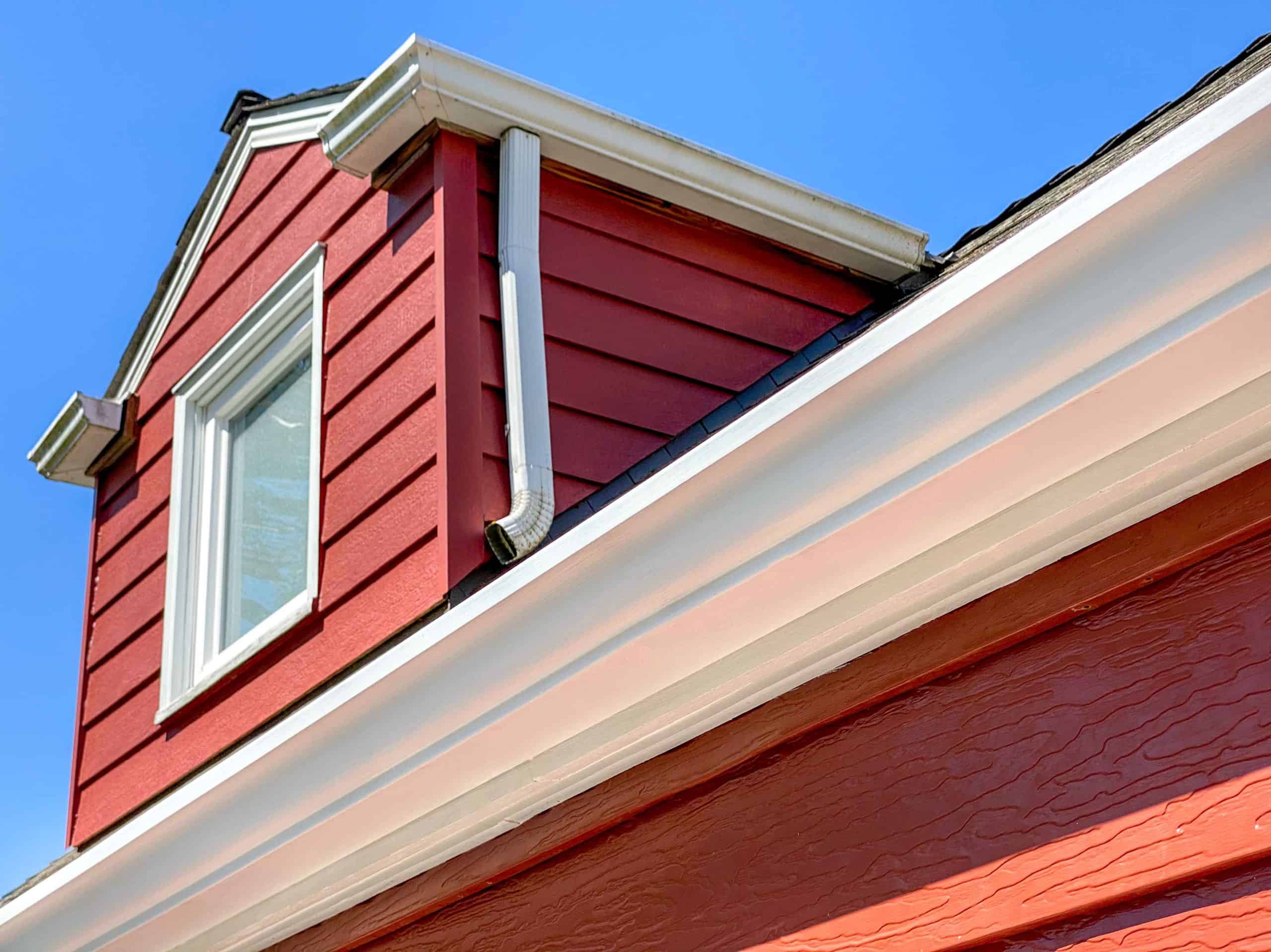

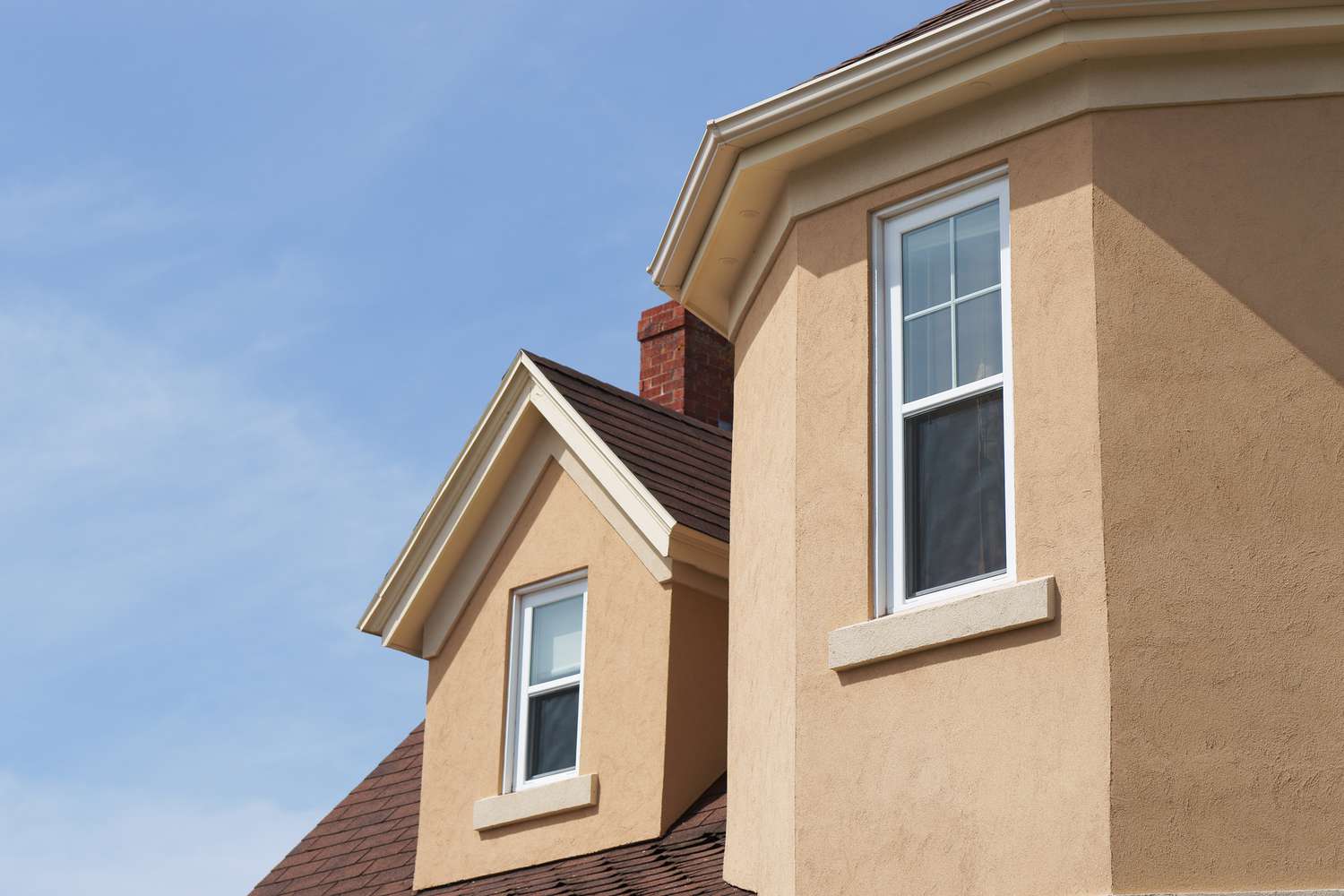
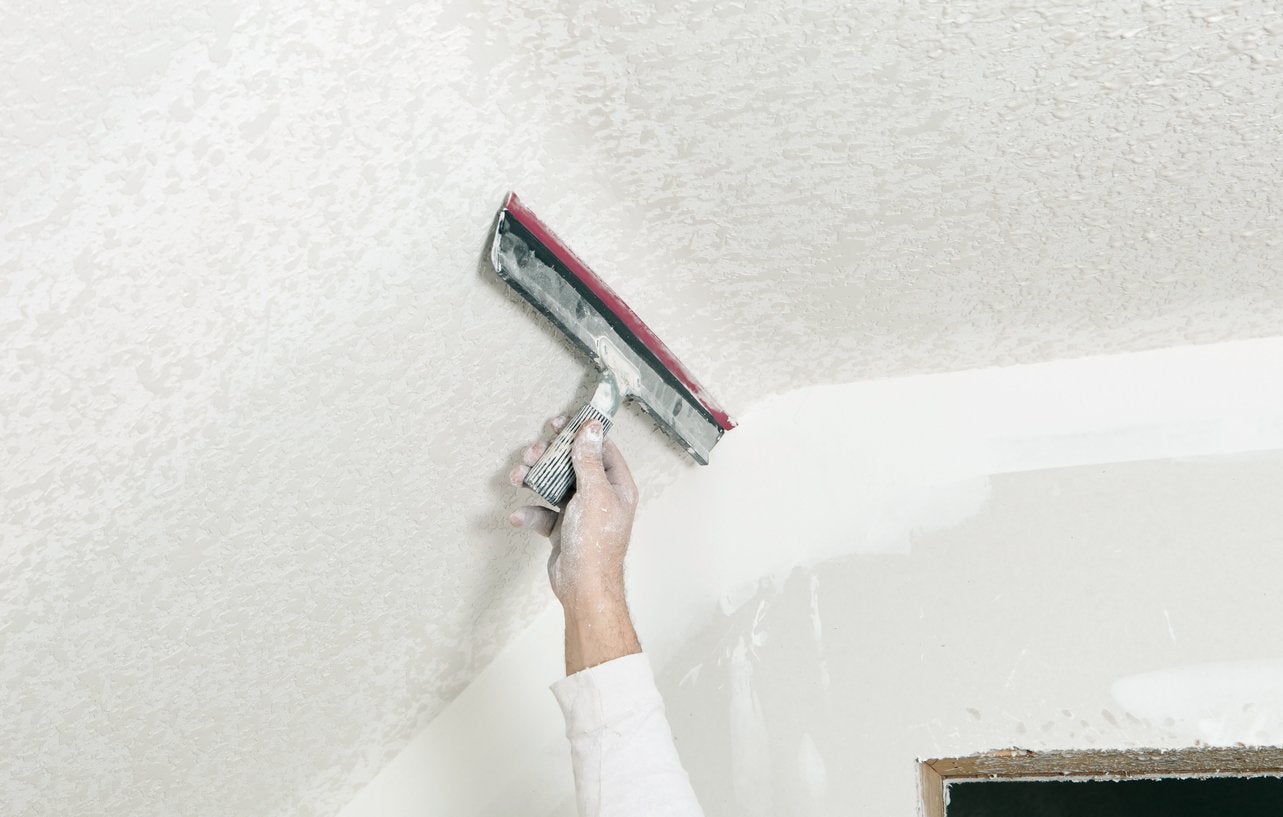
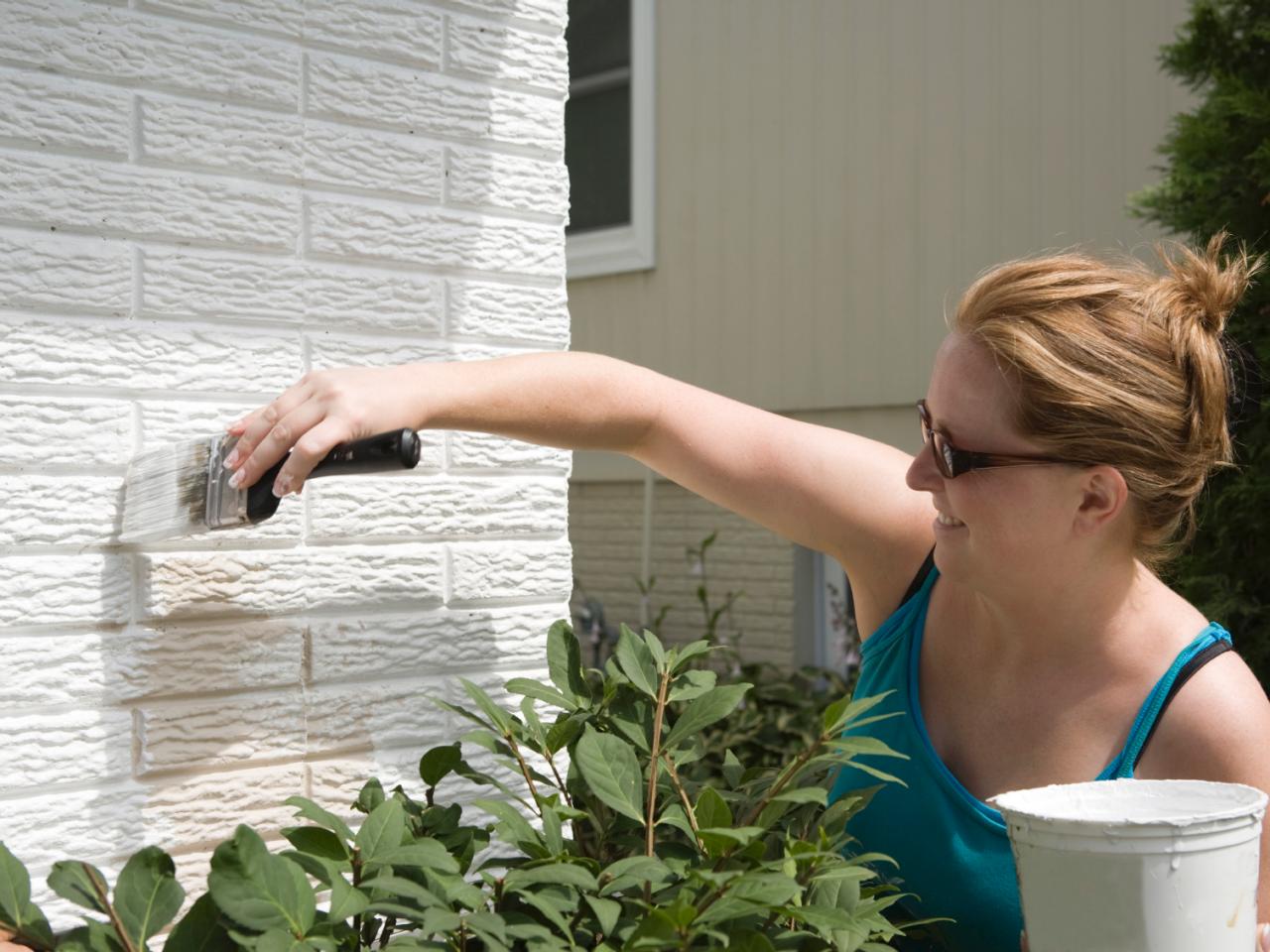
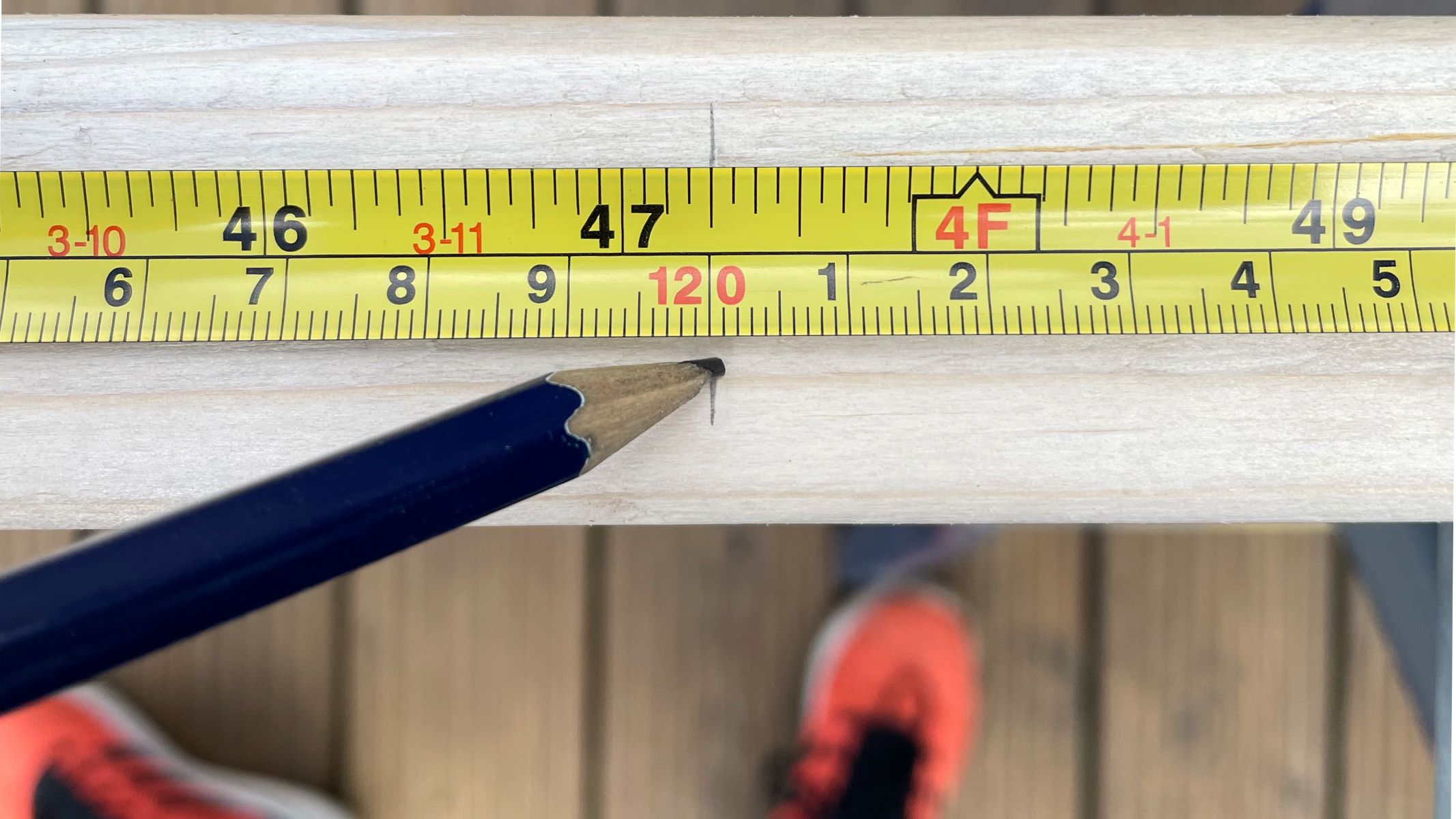
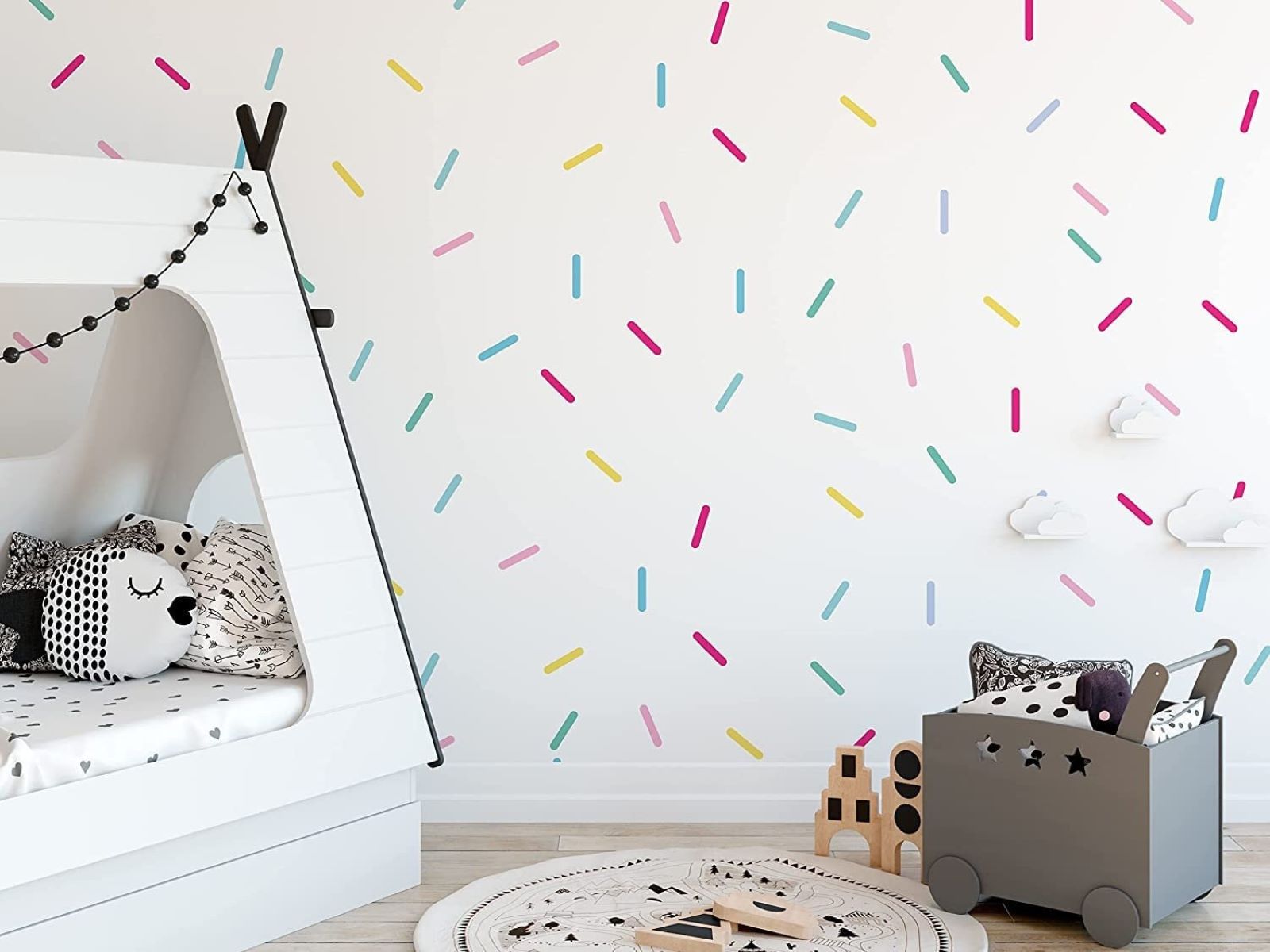
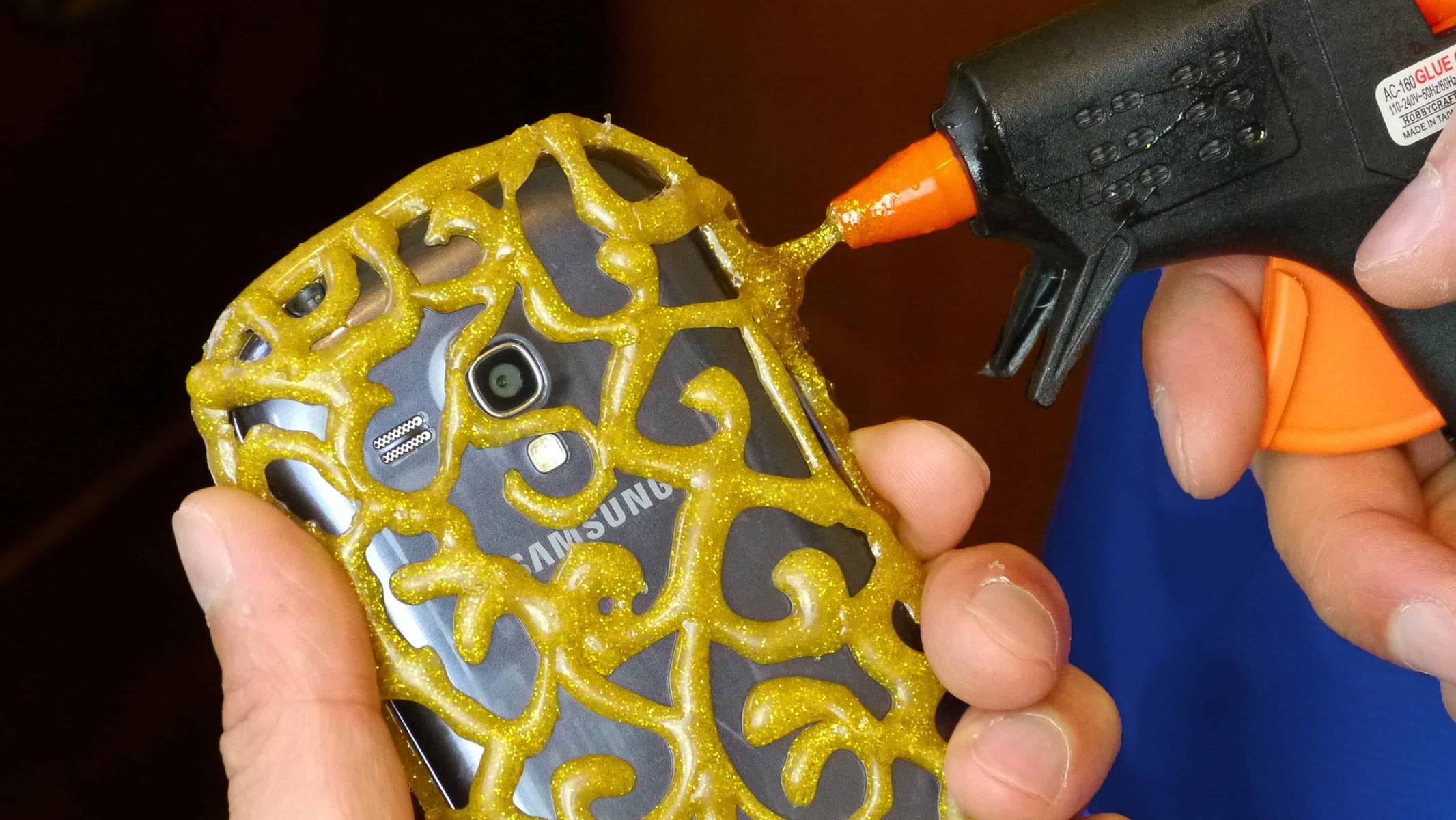
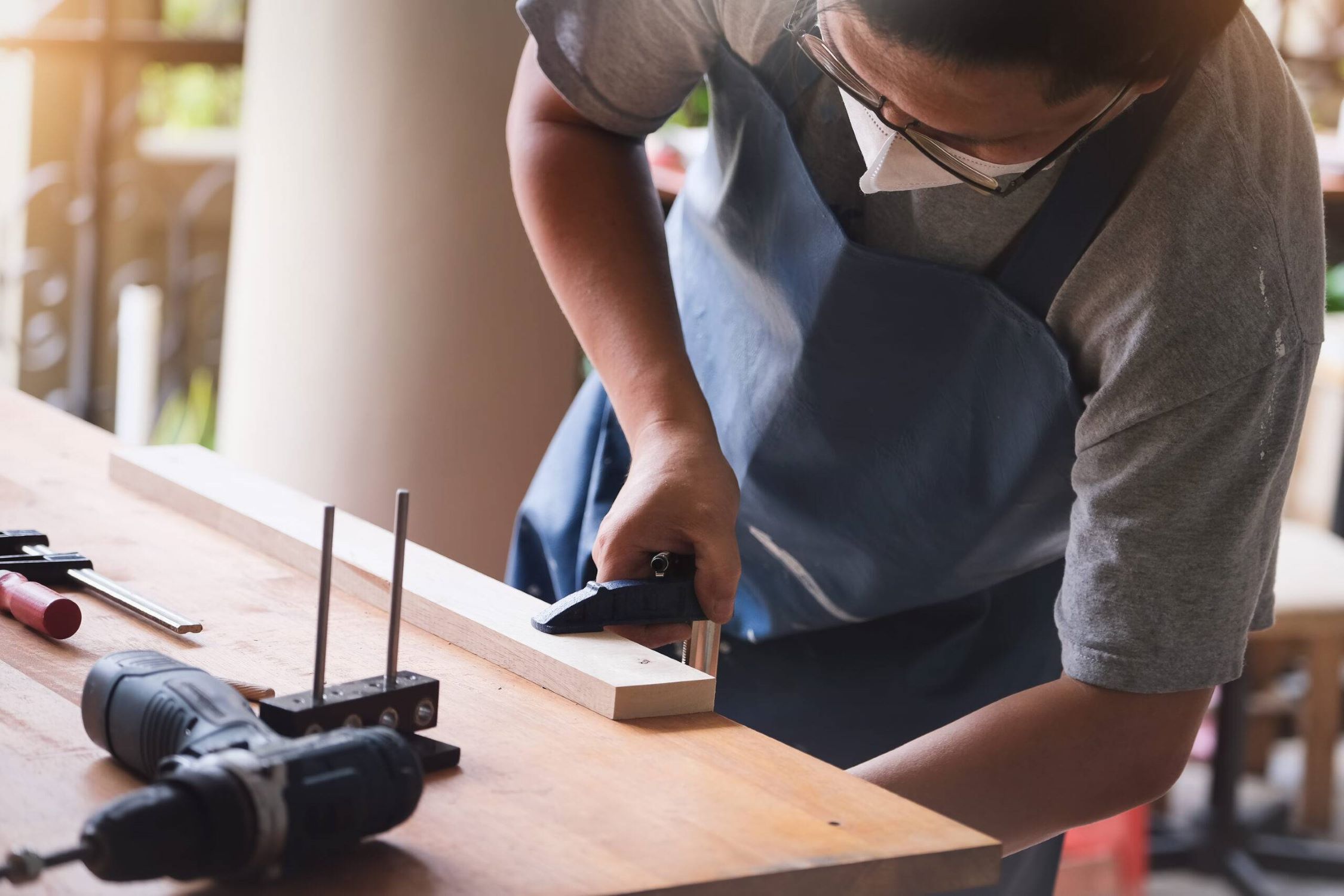
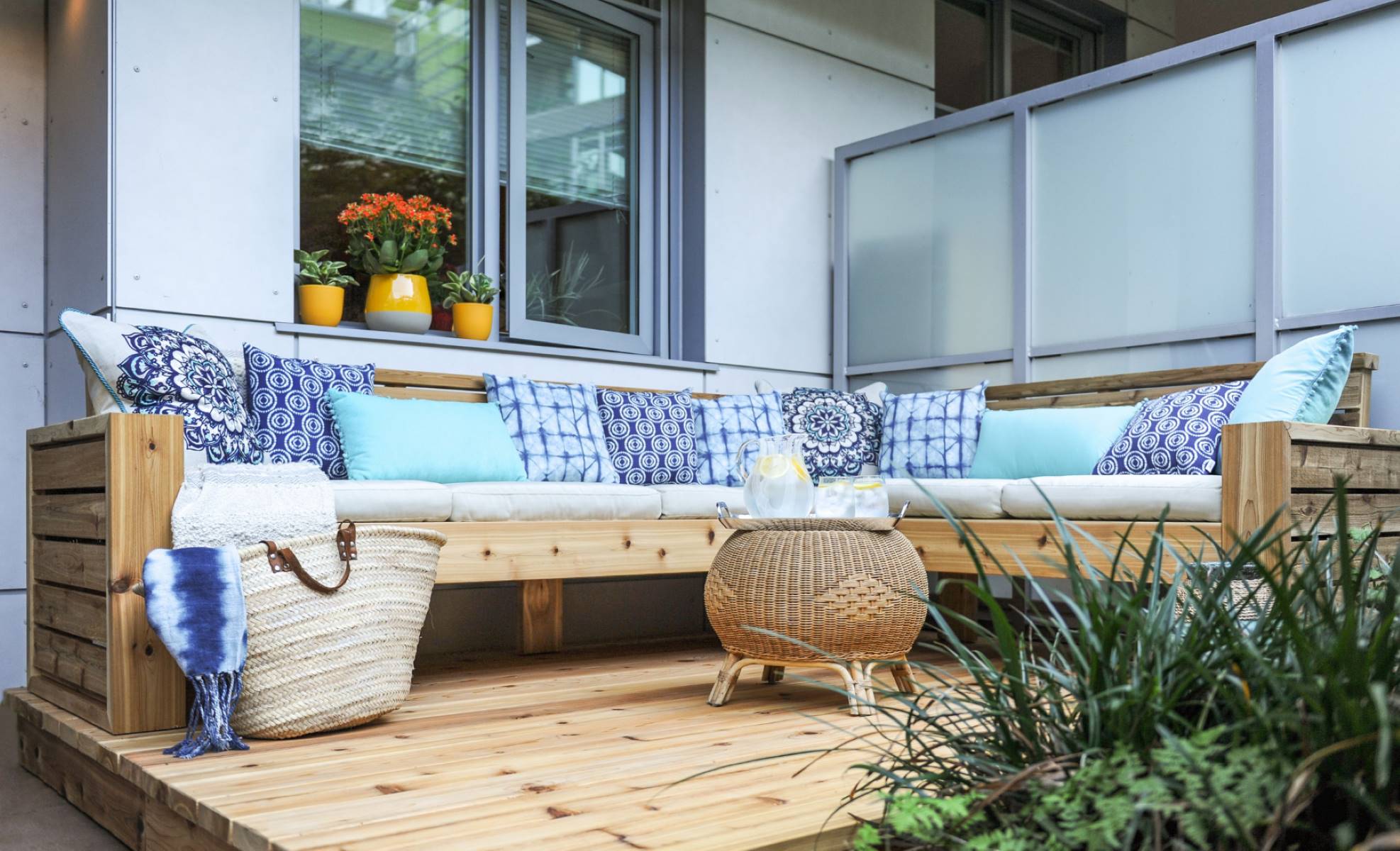

0 thoughts on “What Type Of Paint To Use With Cement For DIY Projects”